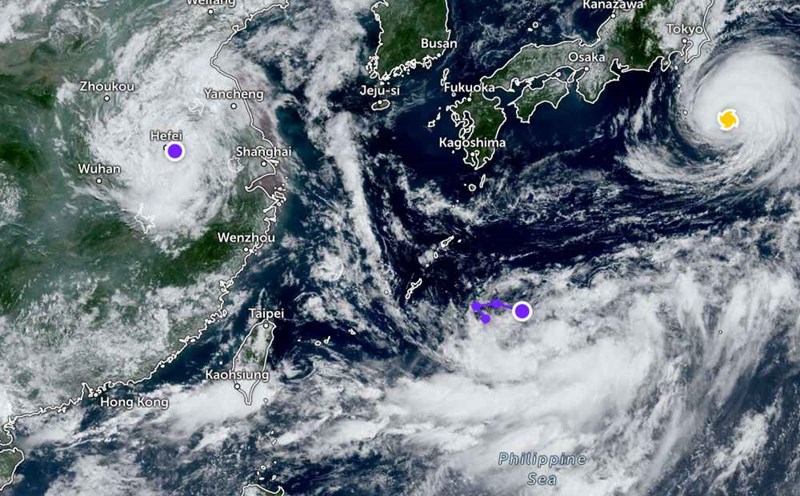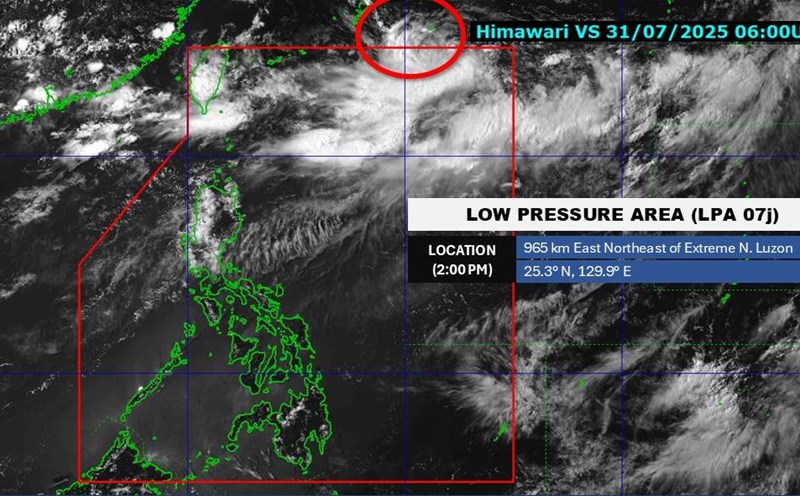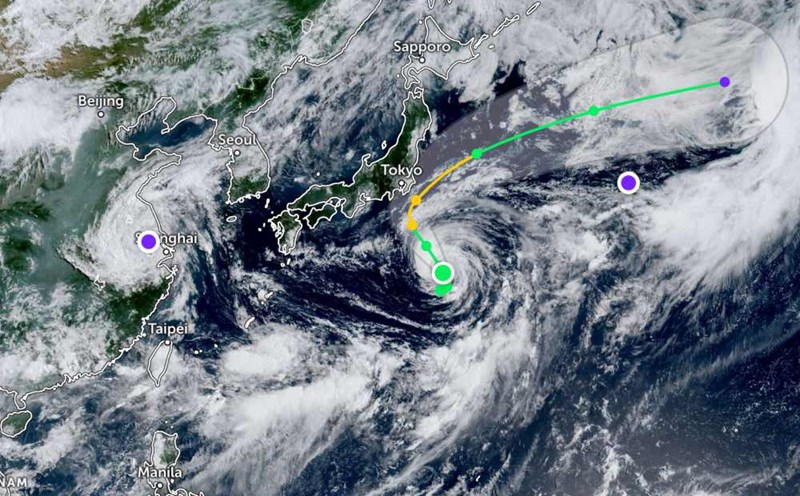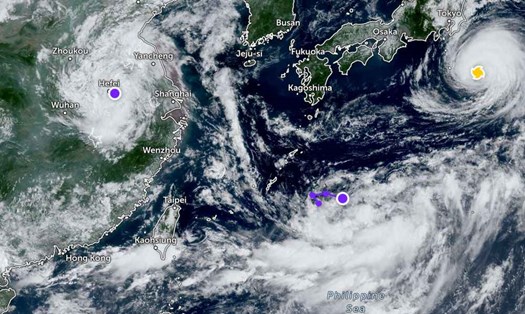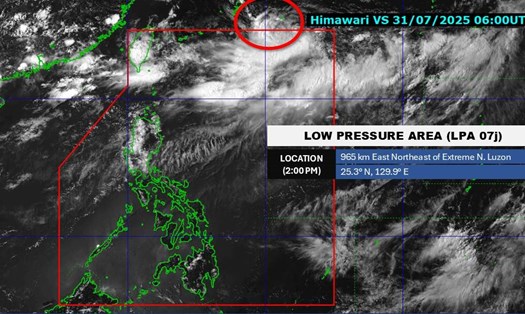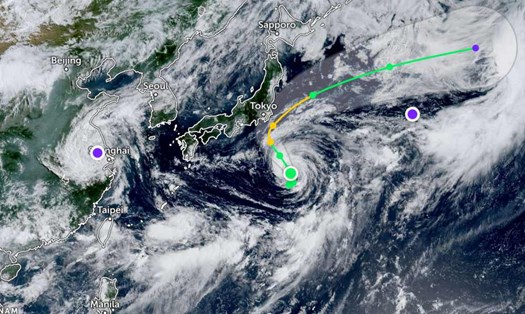According to the latest storm information from the Joint Typhoon Warning Center (JWTC), Typhoon Krosa continues to strengthen as it approaches the mainland of Tokyo (Japan).
On the night of August 1, the center of Typhoon Krosa was about 230km southeast of Yokosuka, Japan. The storm is moving north at a speed of about 19km/h. The strongest wind near the center of the storm reached 100km/h, with a maximum wave height of 7.6m.
It is forecasted that in the next 12 hours, Typhoon Krosa will change direction to the Northeast, not entering the mainland of Japan. The storm will intensify violently with the strongest wind near the center reaching 110km/h.
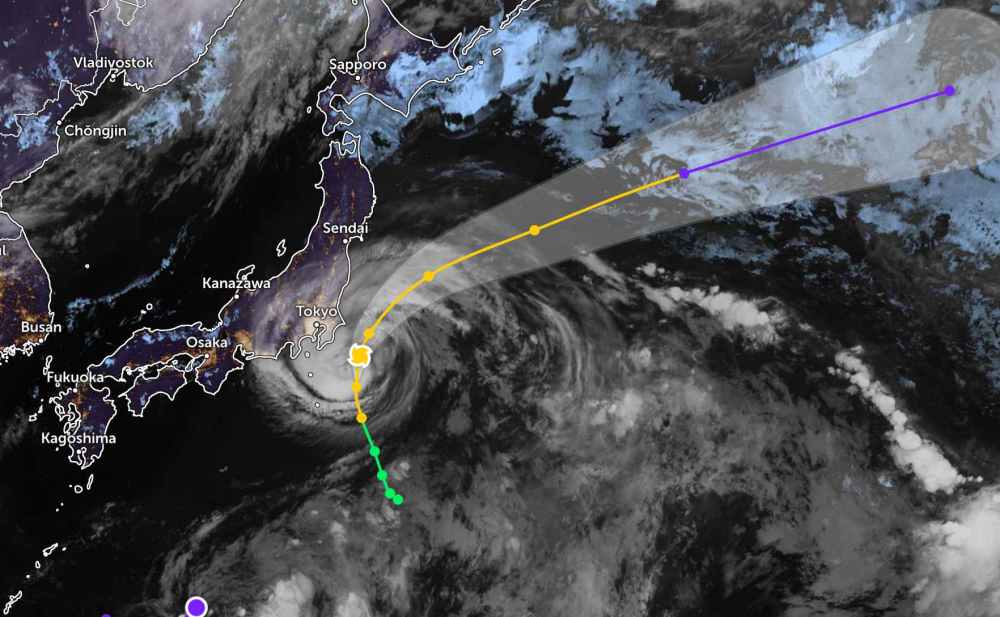
In the next 24 to 36 hours, the storm will move northeast, away from the mainland of Japan. Wind intensity decreased slightly, but the strongest wind near the storm center still reached 100km/h.
It is forecasted that in the next 2 to 3 days, Typhoon Krosa will gradually weaken. The storm is expected to weaken into a tropical depression after 3 more days.
According to the National Center for Hydro-Meteorological Forecasting, a low pressure trough with an axis through the North Gulf of Tonkin connecting with the low pressure area, located at about 21.02.0 degrees North latitude; 108.0-109.0 degrees East longitude.
In the eastern sea area of the North East Sea, there are strong southwest winds of level 6, sometimes level 7. The North Gulf of Tonkin and the North East Sea will have scattered showers and thunderstorms.
During the night of August 1 and 2, the low pressure area moved slowly in the North Northeast direction and gradually weakened. The eastern sea area of the North East Sea: strong southwest winds of level 6, sometimes level 7 at night, gusting to level 8; rough seas; waves 2.0-4.0m high.
Central East Sea area and sea area from Gia Lai to Lam Dong: Southwest wind level 5, sometimes level 6, gust level 7-8; rough seas; waves 2.0-3.5m high.
On the night of August 1 and August 2, the northern sea area of the North East Sea will have scattered showers and thunderstorms; there is a possibility of tornadoes and strong gusts of wind during thunderstorms.
People and tourists planning to visit these coastal areas should pay attention to weather forecasts. Tuan followed local instructions to ensure safety throughout the journey.

